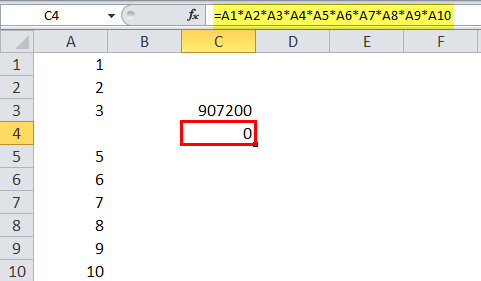

If the exponential trendline however is systematically wrong or unreliable, that feature of Excel looses value. If you want to know whether your data follows an exponential pattern a*Exp(b*x), then Excel should be a help. The diagramm displays an exponential equation all right, but an R² from a different equation (the one from the linear trendline to (x,ln) data)! If you take Wing's sheet and insert a column with a*Exp(b*x) values (a and b from the formula in the diagram) and then calculate the R² (with the worksheet function!) between this column and the Y column, you will arrive at R²=0.989. If you, however, cannot rely on what you see in an exponential trendline diagram. R² in this context is an important indicator: if under 0,95 you should forget the corresponding trendline (for the moment at least). Probably follow an exponential or other pattern. įirst of all: I agree with you - trendlines are not an exact science, but a help.

I can send lots of stuff by e-mail of course. Real Statistics Function: The Real Statistics Resource Pack supplies the following function.As a new user in TechNet, I am still suffering from some drawbacks - like the one that I cannot post links nor images. There is no EXPON.INV( p, λ) function in Excel, but GAMMA.INV( p, 1, 1/λ) or –LN(1 –p) /λ or the following Real Statistics function can be used instead. Thus, EXPON.DIST( x, λ, cum) = GAMMA.DIST( x, 1, 1/ λ, cum). Observation: The exponential distribution is equivalent to the gamma distribution with α = 1 and β = 1/ λ. It is the continuous counterpart to the geometric distribution, and it too is memoryless.ĭefinition 1: The exponential distribution has probability density function (pdf) given byĮxcel Function: Excel provides the following function for the exponential distribution:ĮXPON.DIST( x, λ, cum) where λ is the parameter in Definition 1 and cum = TRUE or FALSEĮXPON.DIST( x, λ, FALSE) = f( x) where f is the pdf value at x as defined aboveĮXPON.DIST( x, λ, TRUE) = F( x) where F is the cumulative distribution function (cdf) value at x corresponding to f aboveįor versions of Excel prior to Excel 2010, you need to use the function EXPONDIST which is equivalent to EXPON.DIST. it describes the inter-arrival times in a Poisson process. The exponential distribution can be used to determine the probability that it will take a given number of trials to arrive at the first success in a Poisson distribution i.e.


 0 kommentar(er)
0 kommentar(er)
